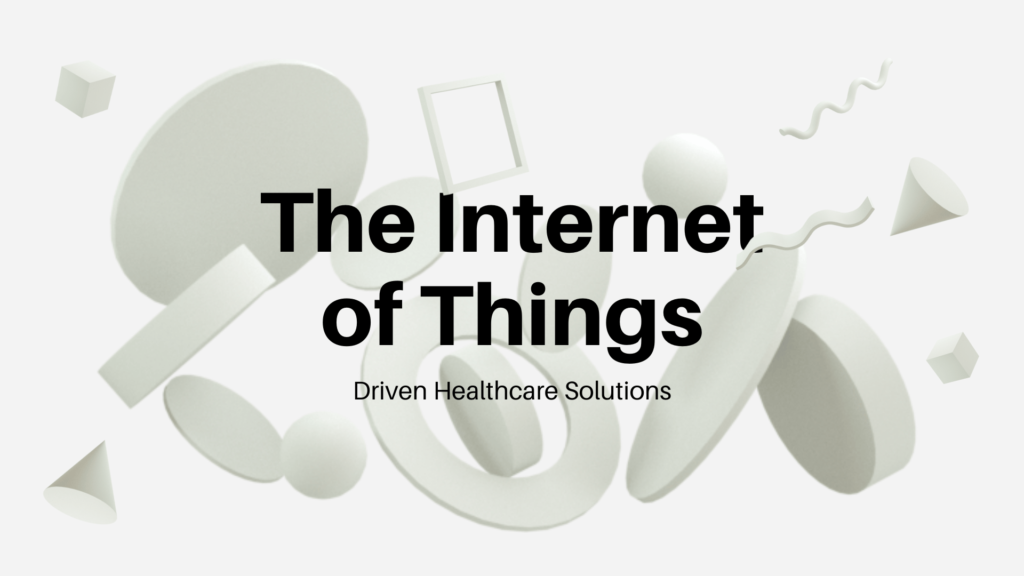Cloud Computing in Pharmaceuticals: A Game Changer
Cloud computing is transforming how pharmaceutical companies manage data and collaborate. Novartis utilizes cloud platforms to store and analyze vast datasets, improving R&D efficiency. Cloud computing also supports global collaboration. AstraZeneca leverages cloud tools to enable seamless communication across its worldwide research teams. Additionally, Pfizer uses cloud solutions for regulatory compliance, ensuring secure and efficient reporting processes. Despite security concerns, advancements in encryption and compliance standards are addressing these challenges. As the pharmaceutical industry embraces digital transformation, cloud computing will remain a pivotal enabler of innovation and efficiency.

